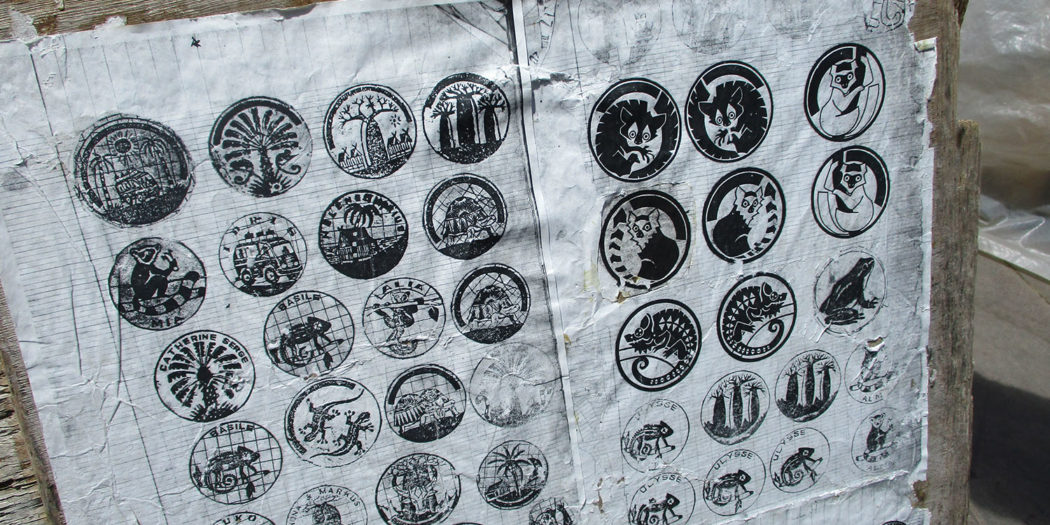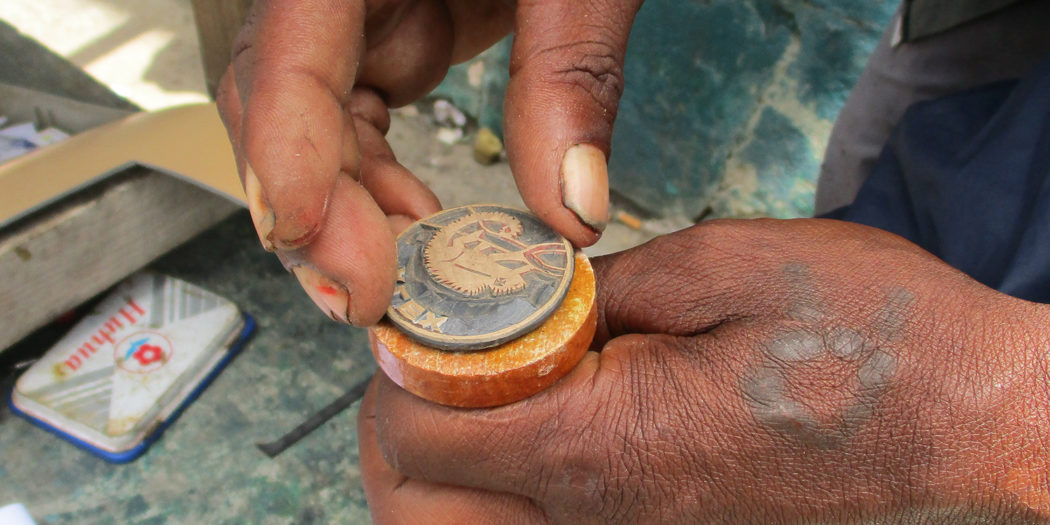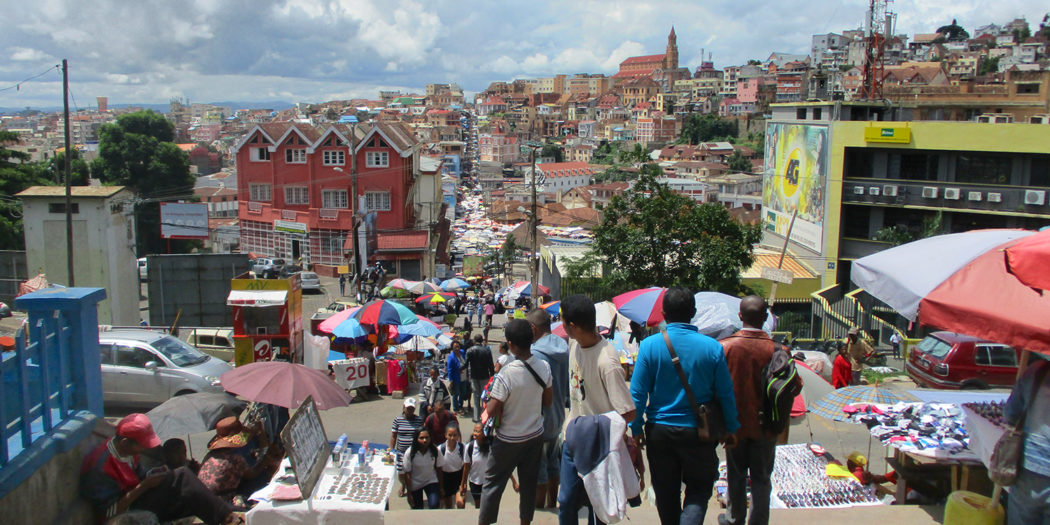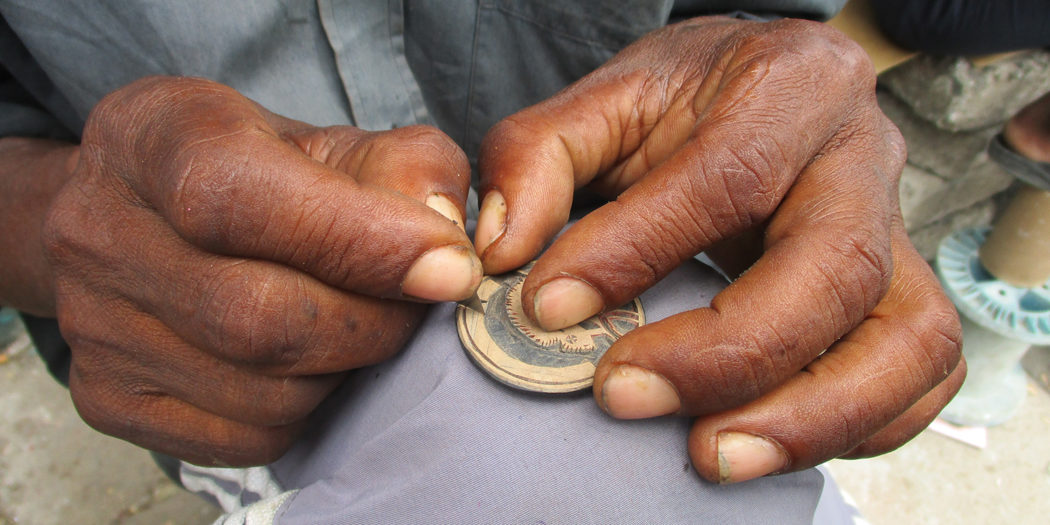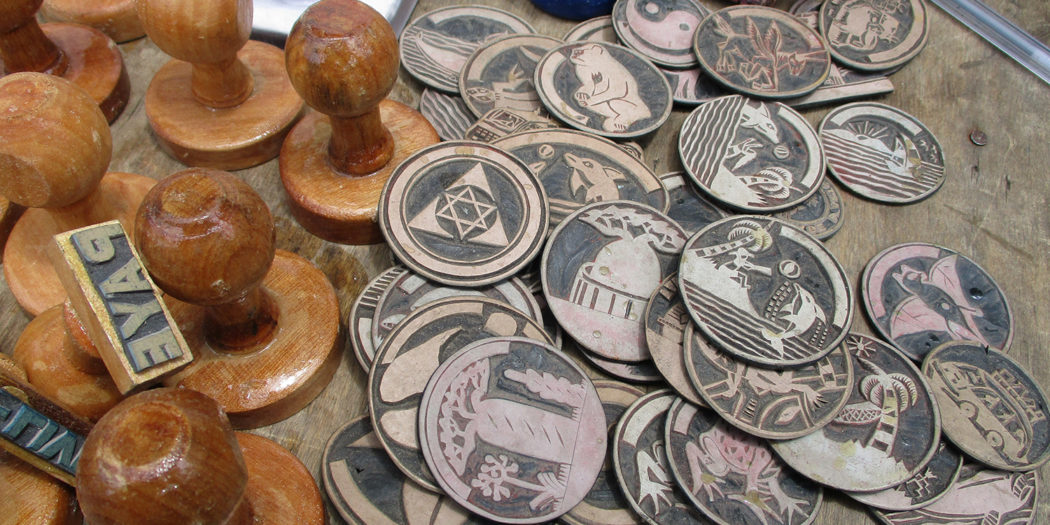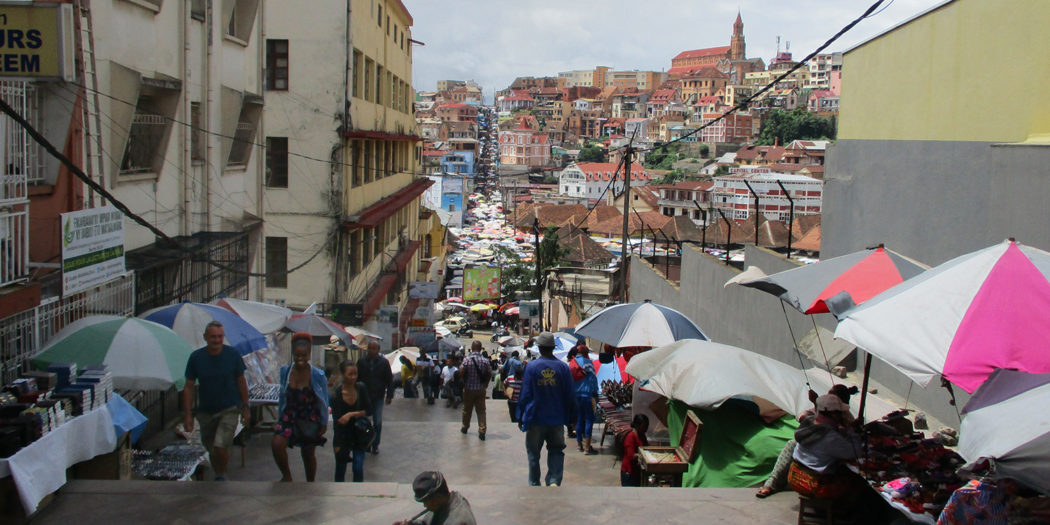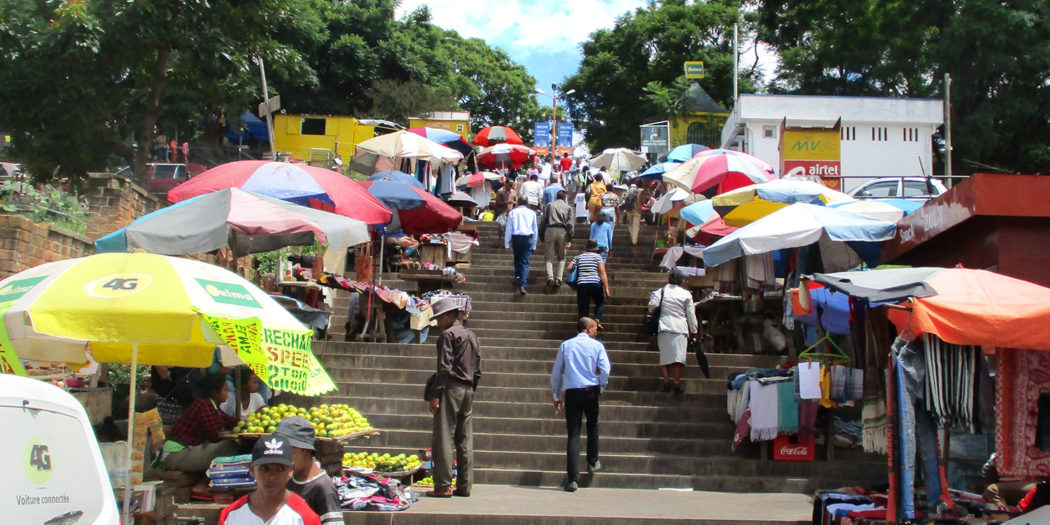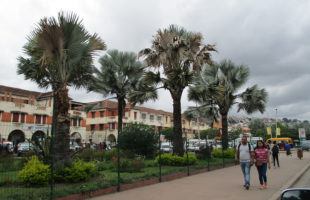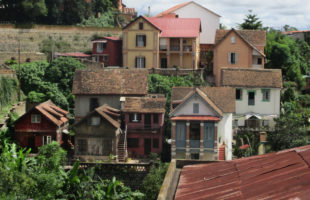In the center of Madagascar’s capital, Antananarivo, endless steps connect the upper and lower city. They are called the “the thousand stairs of Tana” and it is worthwhile to stop by here as a traveler. To reach the stairs, simply follow the Street of Independence towards the Street of 26th June 1960 (Independence Day of Madagascar).
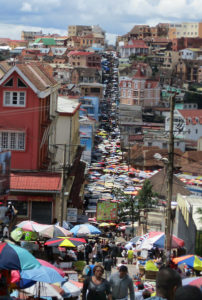
The southern staircase leads to Antaninarenina and Isoroka, the upper city of Antananarivo. Here are jewelers, more exclusive hotels and restaurants, in short, the richer part of the city. The two northern stairs lead to the depths of Analakely and Ambondrona. Both (or rather all three) stairs meet centrally directly at the Zoma, the notorious big Friday market of Analakely. Hence the name – Zoma simply means Friday. In the past, the Zoma was a chaotic, huge market with thousands of tiny stalls. From food to handmade clothes and everyday objects, everything was offered that could only be remotely imagined. Since fixed buildings were erected and the market was directed in slightly more orderly paths, it has shrunk considerably. But it is still the same chaotic, loud and colorful. It is recommended to visit the area around the thousand stairs of Tana and the Zoma without elaborate photo equipment, jewelry or handbags. The area is very popular with pickpockets due to the enormously high density of people and the tight crowd in many places.
At the foot of the thousand steps is the official tourist information office of the city, Office régional du Tourisme d’Analamanga, or Ortana for short. However, the quality of the information provided there is usually rather questionable, and those who actually have Madagascar’s unique biodiversity as a travel destination should rather turn to specialized travel agencies. Right next door is the German-speaking Goethe Institute.
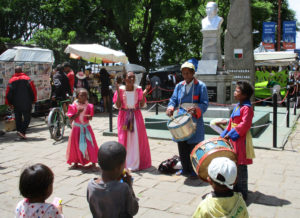
If you go up the stairs on the right side, you follow the path of Ranavalona the first – the stairs have a street name, but there is no sign anywhere. They are flanked on both sides by small stands. Strikingly many of them offer handmade stamps for little money. The stamps consist of a thin rubber disc, often originally from car tires, into which patterns, figures, and names are carved by hand with a tiny razor blade. The disc is then glued to a wooden handle and the handmade piece of art is finished. From Aye-Ayes to the Tree of the Traveller, Baobabs, and other popular motifs, almost anything can be made here on request. It is rumored that some of the nimble-fingered artists here can even reproduce official stamps true to the original.
Public toilets are located halfway up the southern stairs. From the edge of the crossing road below, you have a great view over the many hundreds of parasols along the stairs and the Zoma. At the end of the many steps is a small square shaded by large trees – the so-called Garden of Antaninarenina – and directly behind it the Independence Square. It also contains a monument to the first president of Madagascar, Philibert Tsiranana. There are often small groups of showmen performing traditional songs and scenes. The Antananarivo post office is diagonally opposite in a corner house. And for those who still want to drink or eat something – along the stairs and at the upper end there are small stands and hotels so that everything is taken care of.
 MADAMAGAZINE Your Magazine about Madagascar
MADAMAGAZINE Your Magazine about Madagascar


